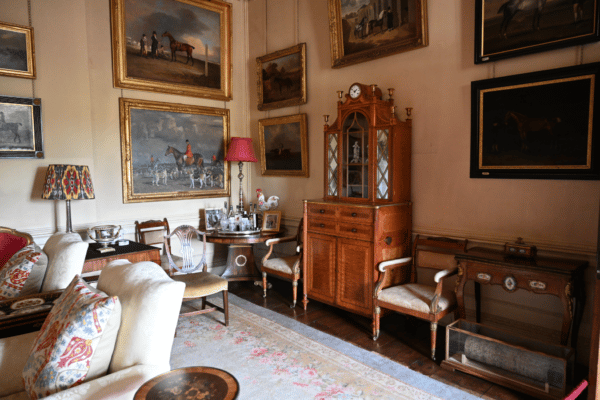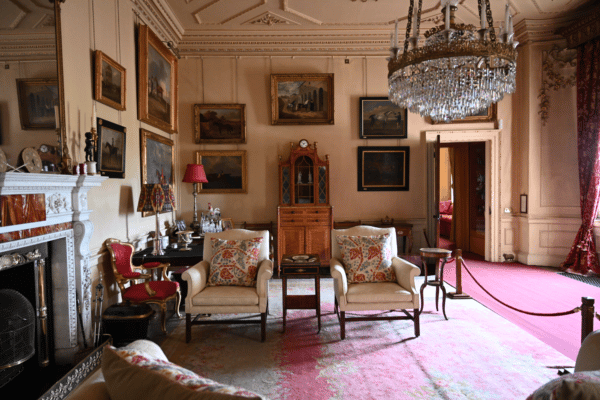About the Project
This blog and interactive website (link below) is the outcome of a research project exploring the history and significance of the Thomas Weeks Cabinet held in the collection of Raby Castle in Darlington, United Kingdom, made possible through the support of Raby Castle and the British and Irish Furniture Makers Online (BIFMO).
Read on to find out more, or visit the full interactive website below!








